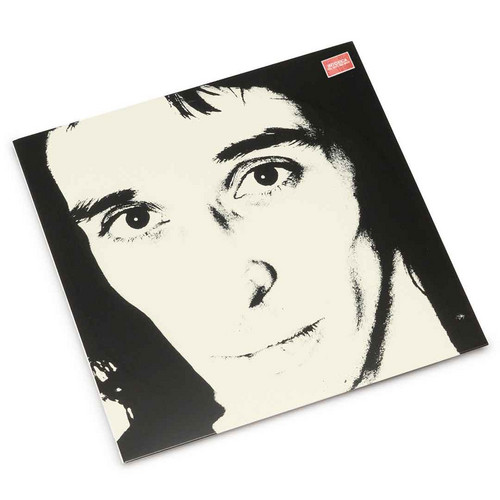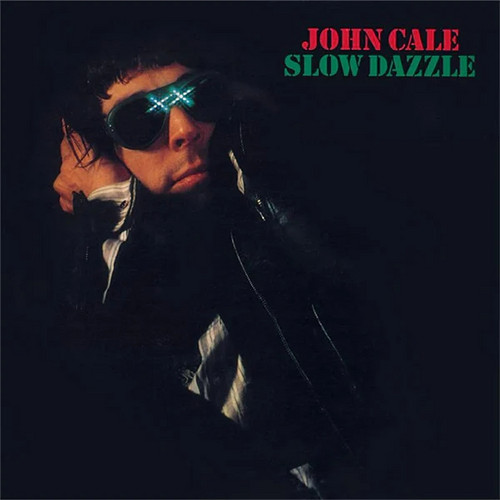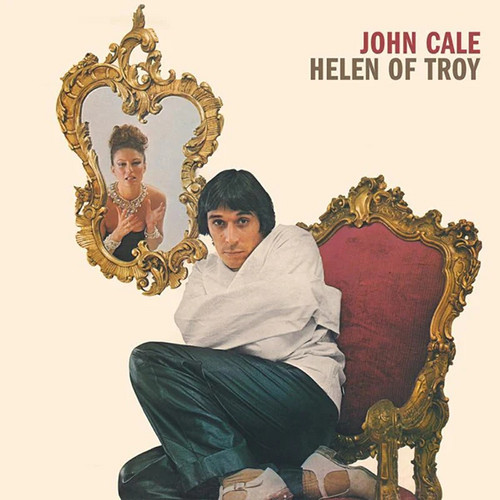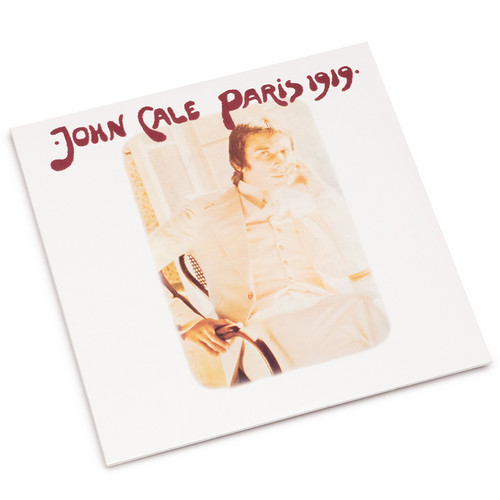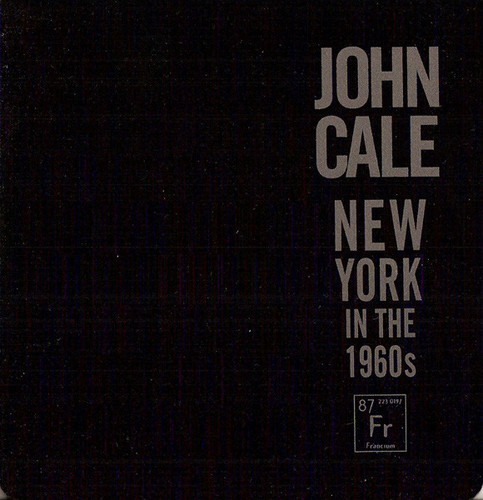John Cale
"We are already dead but not yet in the ground."

"We are already dead but not yet in the ground."
Fear (LP)
Original UK edition on Island of Cale's 1974 album with support from various Roxy Music veterans like Brian Eno, Phil Manzanera and Andy Mackay.
Slow Dazzle
Following on quickly from Fear, and capitalizing on that album's energy Slow Dazzle is another fiery release by Velvet Underground founder John Cale.
This reissue faithfully replicates the original 1975 Island Records UK release and is pressed onto high quality 180 gram vinyl. Released in March 1975, initially, the album offers a false sense of mellow security: "Mr Wilson", a tribute to Brian, the leader of Cale's beloved Beach Boys starts the album on a much sweeter note than "Fear Is A Man's B…
Helen Of Troy
Recorded quickly between John Cale producing Patti Smith's Horses and his going out on an Italian tour, Helen Of Troy became Cale's third and final studio album for Island Records.
This reissue faithfully replicates the original 1975 Island Records UK release and is pressed onto high quality 180 gram vinyl. Helen Of Troy is a raw, fascinating listen. The title track with its horns and spoken word is one of Cale's best: after the sweet bubblegum of "China Sea", the album gets increasingly strippe…
Fear
This reissue faithfully replicates the original 1974 Island Records UK release and is pressed onto high quality 180 gram vinyl. Fear marked Cale's return to recording in London after the best part of a decade in America. Signing to Island Records, he made fast friends with two key admirers, Phil Manzanera and Brian Eno, who assisted him in returning his music to the rawer sound of his earlier work, as opposed to the lush textures of his previous studio album, Paris 1919. The tense, clipped "Fear…
Ship Of Fools (The Island Albums)
Following his dismissal from The Velvet Underground in the Autumn of 1968, Cale acted as a producer and arranger on albums by The Stooges and Nico before venturing out as a solo artist with his debut album ‘Vintage Violence’ in 1970. Following the release of a collaborative album with Terry Riley he signed with Reprise Records and recorded two albums for the label.
In 1974 John Cale relocated to London and signed with Island Records, for whom he was to release three inventive and influential alb…
The Academy In Peril
John Cale was never very kind to his solo debut, Vintage Violence. When it was released in early 1970, Cale had been out of The Velvet Underground for less than two years. He wanted to prove he could be the songwriter, the person penning the words and melodies behind which a band could work. “I was masked on Vintage Violence,” he wrote much later. “You’re not really seeing the personality.” Indeed, Cale’s personality as a polyglot seemingly interested in everything emerged more and more on his n…
Paris 1919
** Remastered from the Original Tapes. Deluxe Edition Reissue Sanctioned by John Cale Himself. Includes Previously Unreleased Outtakes & a Brand-New Recording** John Cale was never very kind to his solo debut, Vintage Violence. When it was released in early 1970, Cale had been out of The Velvet Underground for less than two years. He wanted to prove he could be the songwriter, the person penning the words and melodies behind which a band could work. “I was masked on Vintage Violence,” he wrote m…
Church Of Anthrax
Replica mini-LP edition. Terry Riley (piano, organ, soprano saxophone) & John Cale (bass, harpsichord, piano, guitar, viola, organ) collaborated on this one-off album, released in 1970. At this time, rock music was a serious movement, removed from the joke it once was, quite unaware of the joke it would eventually become, and things like this sometimes happened. Cale, classically trained on the viola, must have been pretty pleased to get a shot to record with the '60s king of minimalist pu…
New York in the 1960s
These recordings are solo efforts on electronic organ - the awesome Vox Continental, guitar and viola as well as collaborations with saxophone player Terry Jennings, violinist Tony Conrad, Velvet Underground guitar player Sterling Morrison and the VU's original drummer Angus MacLise. Thanks to Tony Conrad, who was a co-member in La Monte Young's group The Dream Syndicate, these tapes are finally available to the public.
